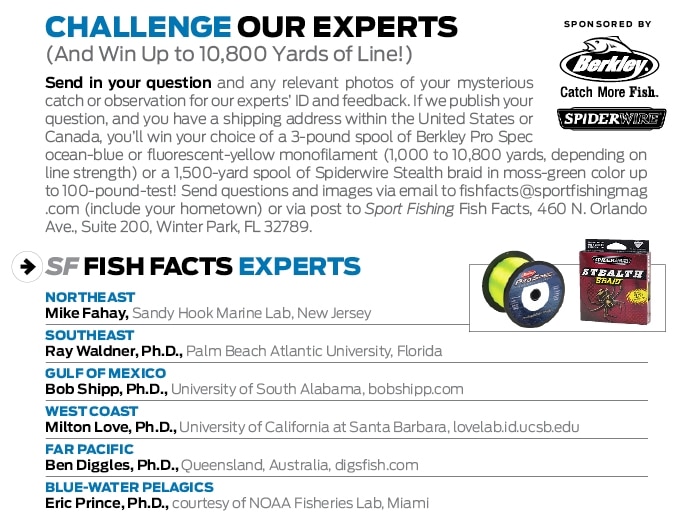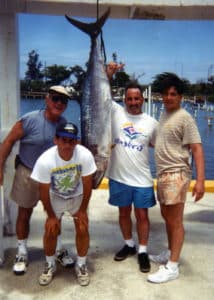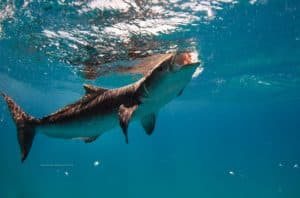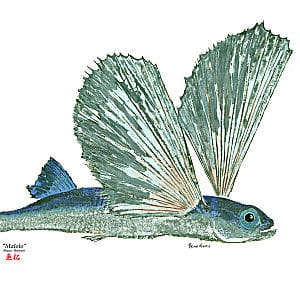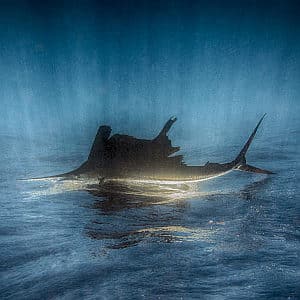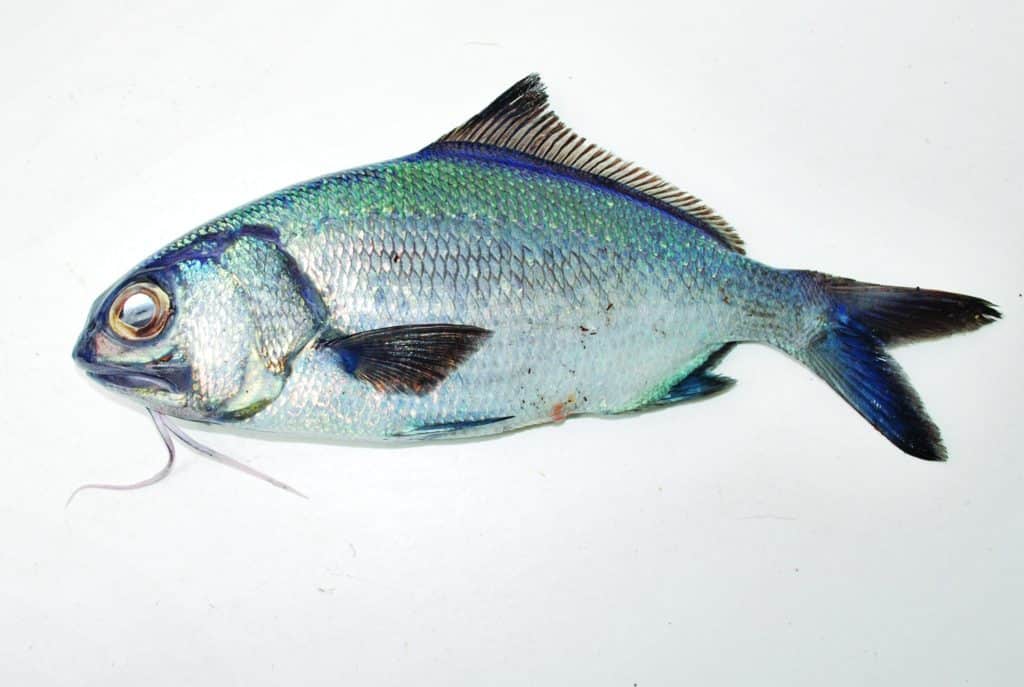
FROM THE DEPTHS — A BEARD APPEARED
My dad, Bobby, and I caught this unusual fish when we were bottomfishing for onaga (longtail red snapper) in very deep water — over 100 fathoms — outside Kawaihae on Hawaii’s Big Island. We were 5 miles out, with channel swells well over 20 feet, in our 17-foot Boston Whaler. We catch a lot of these while fishing for onaga. They have whiskers like a goat’s. What are these, and are they edible? Conor McDonough
Kamuela, Hawaii FOR ANSWER SEE NEXT PAGE
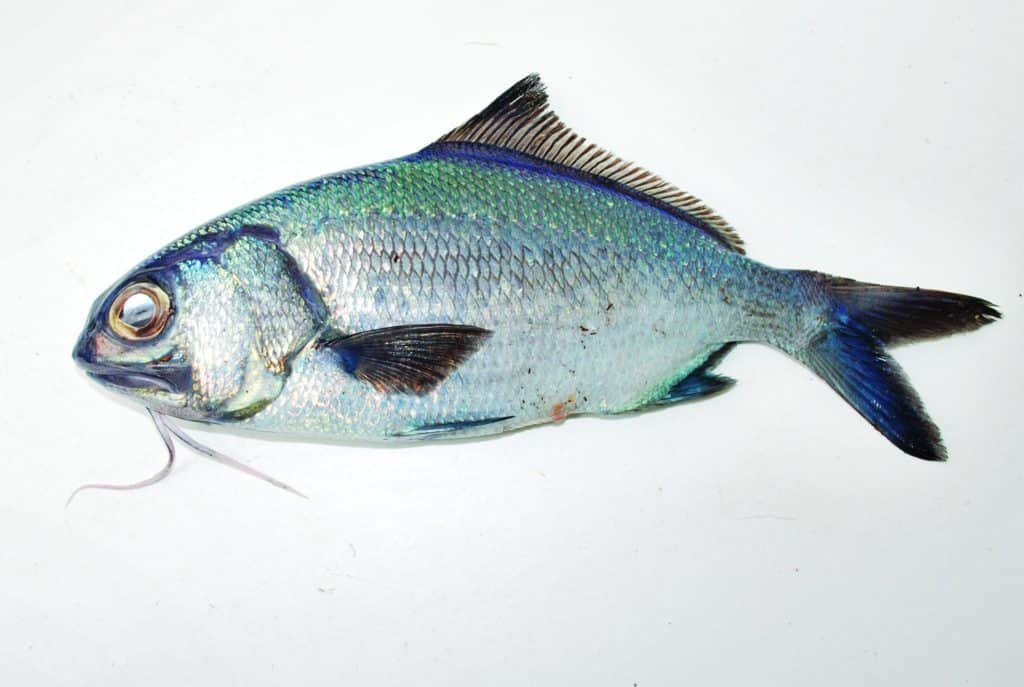
FROM THE DEPTHS — A BEARD APPEARED
Conor, it sounds like you guys love targeting deepwater ooglies. This one is a Pacific beardfish (Polymixia berndti ), a species more commonly caught by deep-ocean trawlers than by anglers. Growing to around 20 inches long, they are one of the largest of the 10 species that comprise the beardfish family, Polymixiidae, which is a group of fishes closely related to alfonsinos and other deepwater red-colored fishes in the family Berycidae. The Pacific beardfish lives on muddy and sandy bottoms in waters up to 1,800 feet deep throughout the Indo-Pacific region, from east Africa to the Hawaiian Islands, north to Japan, and as far south as Australia. The scientific name Polymixia is derived from the Greek words poly (a lot of) and myxos (mucus), suggesting they are slimy little fish. Their common name, “beardfish,” is of course due to the presence of the two prominent sensory barbels under the chin, which they use to “taste” for smaller fish and crustaceans as they swim over the sediments. Pacific beardfish are an important part of deepwater ecosystems, as they themselves are commonly preyed upon by a wide variety of larger predators. As for edibility, your local fishing scribe, Jim Rizzuto, says, “Definitely not. They’re more fine bones than fine flesh. The meat has no flavor and tends to be mealy.” Not so yummy. — Ben Diggles
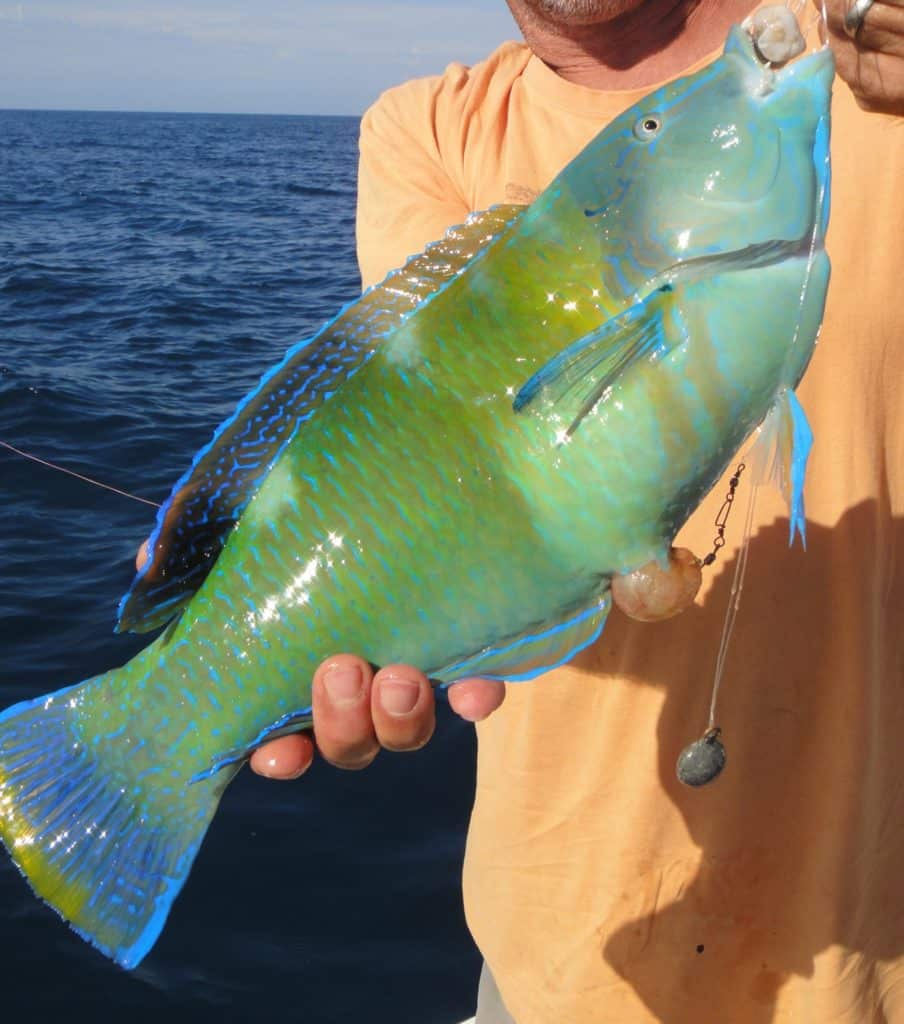
PROOF IN THE PUDDING
We caught this fish on an artificial reef in 50 feet of water off Fort Pierce, Florida. The water temp was 70 degrees. The fish took a shrimp on a chicken rig. At first, I thought we’d caught our first queen triggerfish ever, but when it came in the boat I knew it wasn’t a triggerfish. Those seeing the photo tell me it’s a parrotfish, but it had three or four rows of needlelike teeth, not the beaver incisors I’ve seen on parrotfish. The scales were also silky smooth, and the skin felt thin. My son-in-law thinks it’s a puddingwife wrasse of huge proportions, but after looking at a picture of that species, I don’t think so. We returned it to the water, and it swam straight back to the bottom.
John Gabries
Fort Pierce, Florida
FOR ANSWER, SEE NEXT PAGE
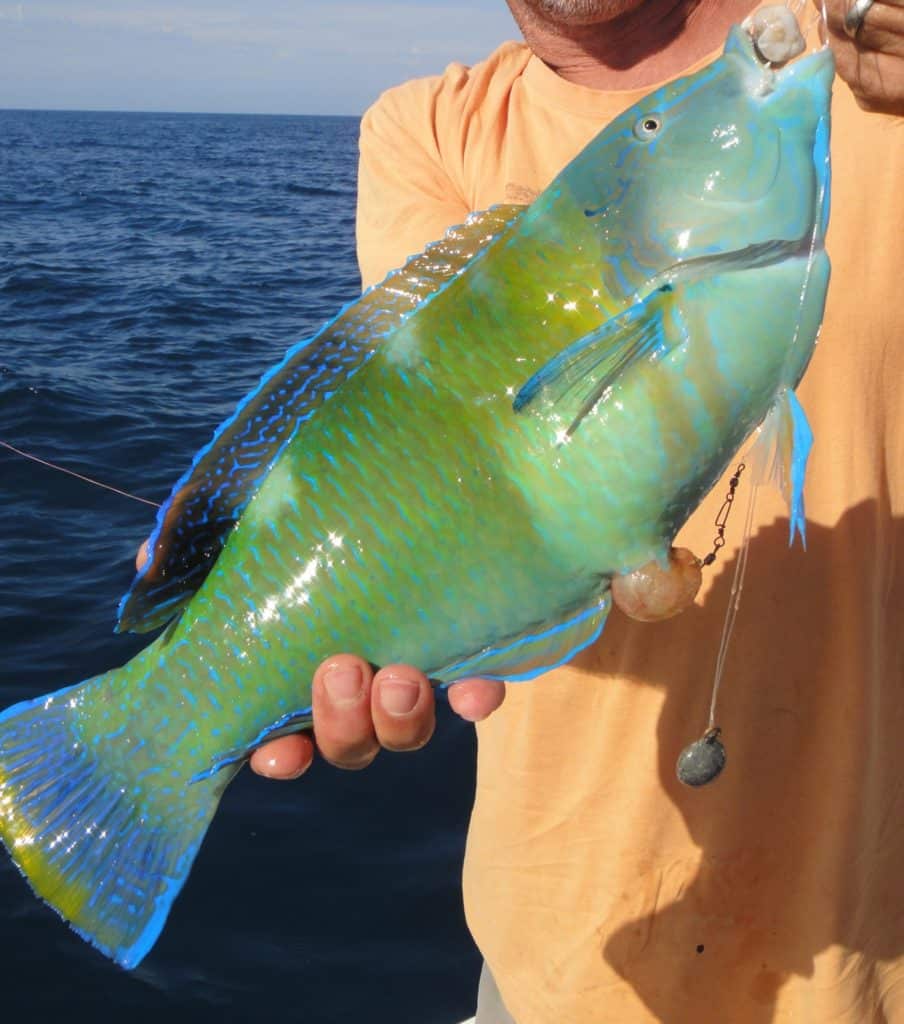
Your son-in-law was correct, John. The fish is a puddingwife wrasse, Halichoeres radiatus . Like many wrasses and their parrotfish relatives, the pigmentation of juvenile puddingwives is quite different from that of the adults. The puddingwife’s range extends from North Carolina to Brazil, including Bermuda, the Bahamas and other Caribbean islands, and the Gulf of Mexico. The puddingwife reaches a length of 20 inches, making it one of the larger western Atlantic wrasses. Although it is reported to be good table fare, the puddingwife has been implicated in cases of ciguatera poisoning. — Ray Waldner
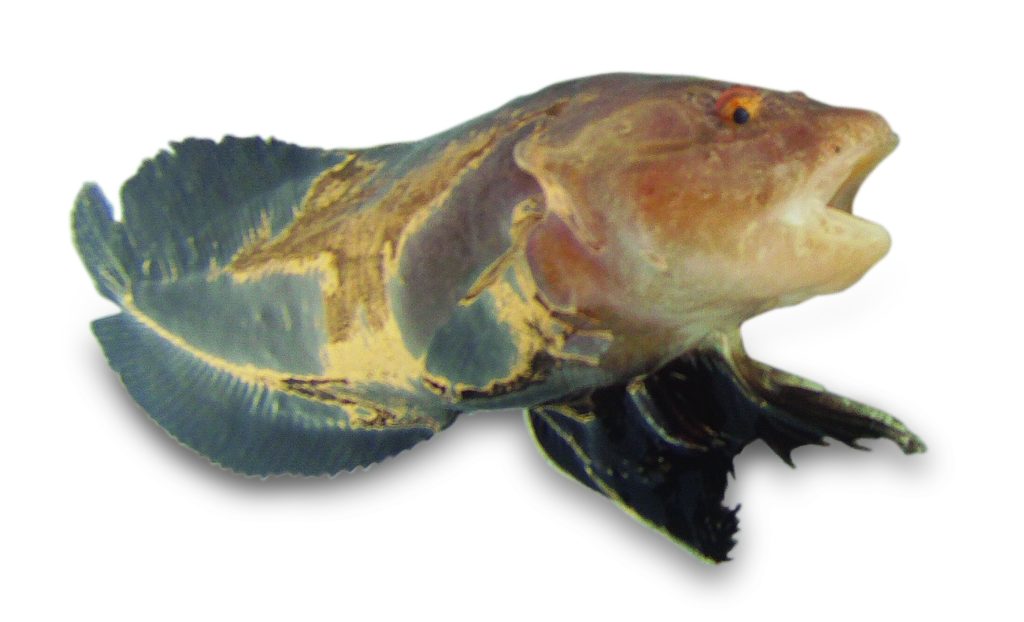
ALASKAN ESCARGOT
We caught this fish in Alaska’s Prince William Sound in 350 feet of water in a shrimp pot. The fins were all very soft and featherlike. I hope that the pics are enough to ID this guy.
Tom Gervais
Anchorage, Alaska
FOR ANSWER SEE NEXT PAGE
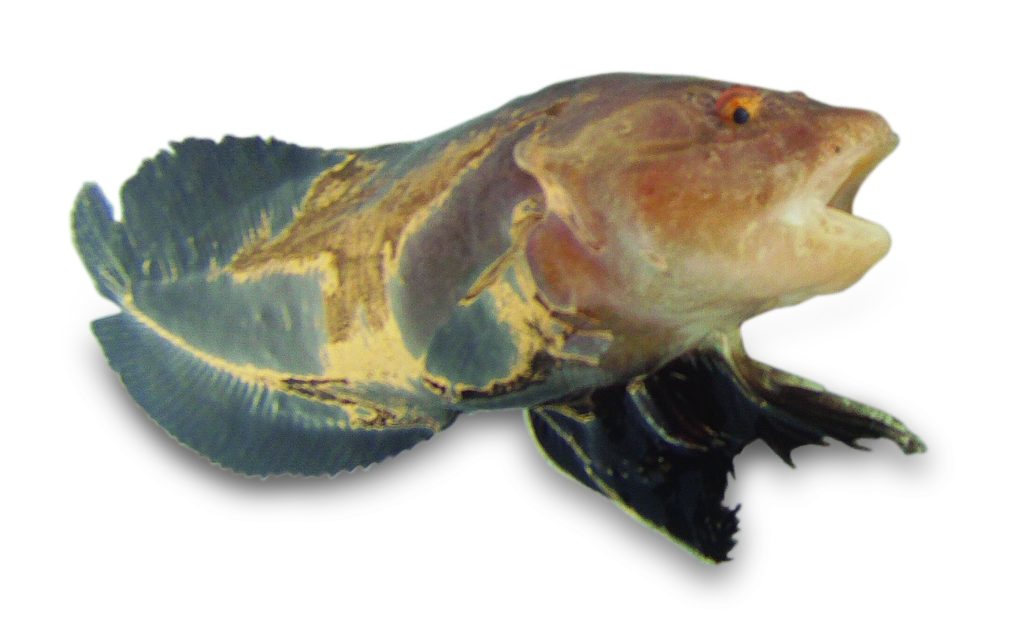
ALASKAN ESCARGOT
Tom, what you have there is some species of snailfish, family Liparidae. If there were ever fishes that evolved to confound biologists, snailfishes fit the bill. There are at least 72 species (and probably more) in Alaskan waters alone, and most of them look pretty much alike. Oh, sure, you might get lucky and have a species covered in bright polka dots or sporting a black tail fin. But most species are just basically squishy little bodies with long dorsal and anal fins and drab colors. A remarkable amount of telling them apart involves counting their vertebrae, measuring the distance between their eyes, or looking for tiny prickles on the back — not the kind of identification that can be done from a photograph. With about 350 species in all, this is an amazingly successful group of fishes. They are found in virtually all marine waters from the Arctic to the Antarctic, and from tide pools down to depths of a gut-wrenching 23,000 feet. Most snailfishes are small, with 12 inches or so about standard, but a few grow to more than 2 feet long. — Milton Love
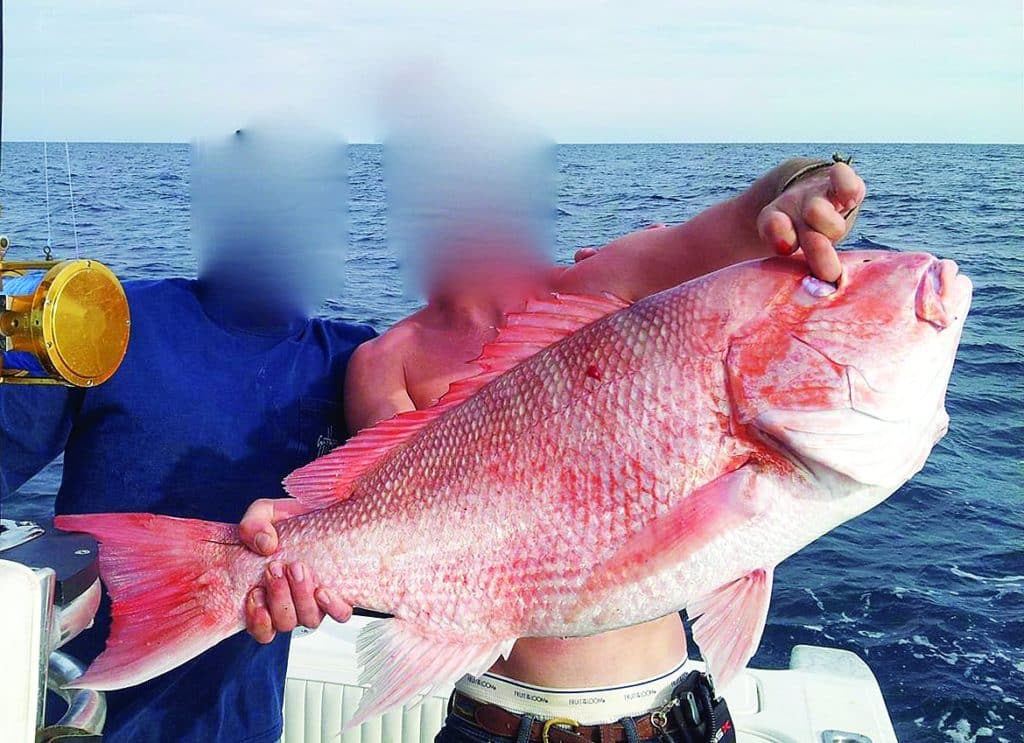
EYE HAVE A QUESTION
A few years ago, I joined a friend fishing for bull redfish on the St. Johns River near Jacksonville, Florida. It was all catch and release. When we landed the reds, my friend would grab them at the base of the tail with one hand and, with the other, stick his thumb and a finger in the fish’s eye sockets. It looked very uncomfortable to me, and I suggested to him that it wasn’t good form to blind your fish before releasing. He insisted that it didn’t hurt the fish and was, in fact, easier on it than grabbing by the gill cover or mouth. I just received some photos from the same friend showing him catch-and-release fishing for red snapper. This shot shows the same method of handling (though I’ve blurred the anglers’ faces to protect their identities!). I’ve been reading Sport Fishing for many years, and I don’t think I’ve ever seen fish held up for display this way. So: Is this eye-socket grab better for the fish than holding them by the jaw or under the throat?
Peter Corselli
La Habra Heights, California
FOR ANSWER SEE NEXT PAGE
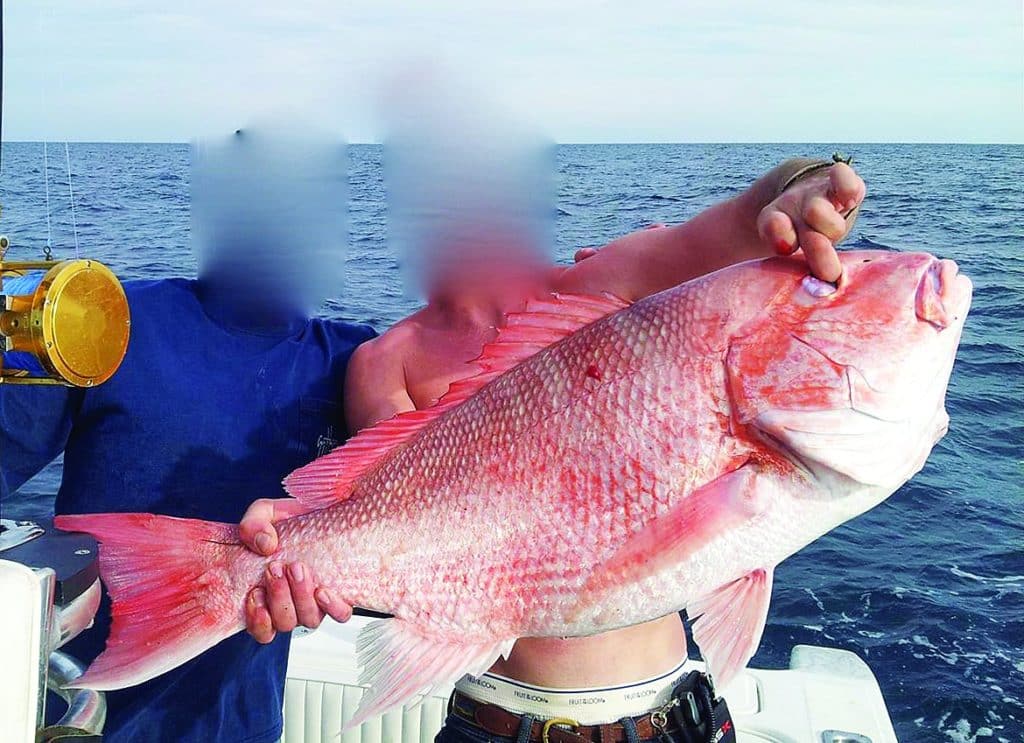
EYE HAVE A QUESTION
While I’m not aware of any studies involving physical damage that a fish may sustain due to someone’s fingers being placed in its orbits and against its eyes, common sense suggests that this practice could lead to abrasion and/or infection of the fish’s eyes. However, I do agree with your friend that it’s possible to inflict damage by lifting a fish by a jaw or operculum (gill cover). Lifting a large fish by its head or tail alone is never a good idea if you plan to release it. A fish’s spine may not be strong enough to support the weight of its entire body when held vertically. Although there are varying reports on the mortality and survivorship of fishes held in this manner, there’s little doubt that this practice can lead to the hyperextension of a fish’s vertebral column and result in latent mortality. In other words, a fish that was held vertically could swim away but die within hours or days following its release. Additionally, holding a fish vertically by its jaw or operculum can lead to the dislocation of, or other physical damage to, these structures. The safest way to lift a fish without using a net is to grab it by its caudal peduncle — the area just forward of its caudal fin — as the angler in your photo is doing, and support the rest of its body as much as possible with the other hand under its throat (with a wet hand or towel if possible, to prevent removing more mucus than is necessary). A fish held in this way should be good for a quick photo or two, if returned to the water quickly. Even using a net to land and hold fishes isn’t as straightforward as it may seem. Nets with knots holding together the mesh appear to do more damage to fishes than nets with smooth mesh and flat bottoms. The safest way to release a fish — from the fish’s standpoint — is to hold it as horizontally as possible in the water while removing the hook. — Ray Waldner
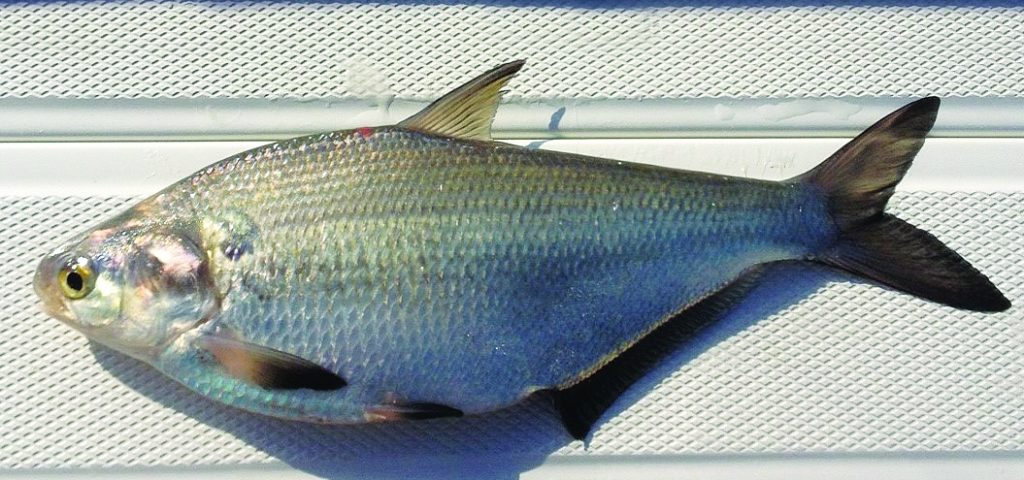
LEAPIN’ GIZZARDS!
While fishing a shell reef in Galveston Bay on a mid-December day, I foul-hooked this critter in about 4 feet of water. The water temperature was 47 degrees. I figure it’s some sort of gizzard shad, but it was about 9 to 10 inches long and lacked the features on other gizzard shad I’ve seen and used for bait when fishing in our surf in the summer. Can you tell me more about it?
David Osterman
League City, Texas
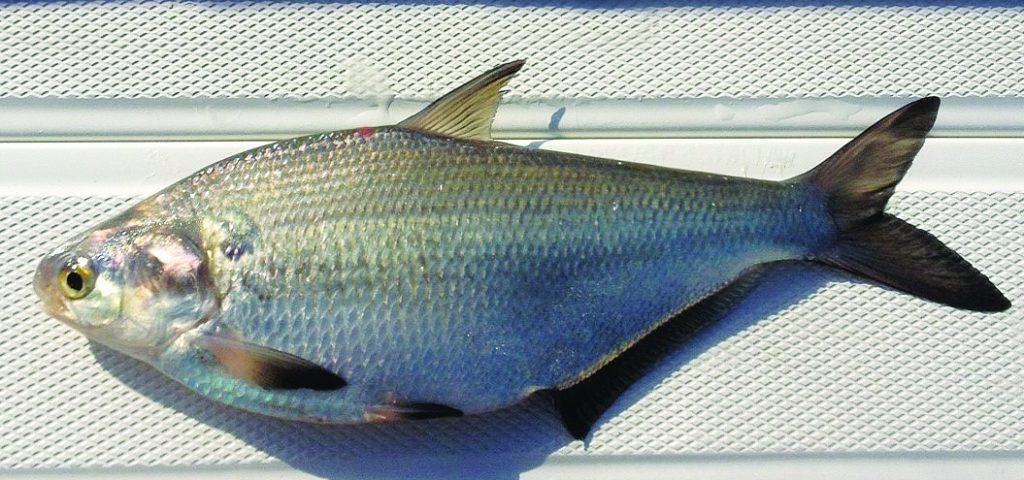
LEAPIN’ GIZZARDS!
Yes, David, the fish you snagged is indeed a gizzard shad, Dorosoma cepedianum . What makes this fellow different from its many relatives in the herring/shad/menhaden family is the position of the mouth, definitely under the snout rather than terminal. Also, most anglers run into these when they’re only 6 or 8 inches long, but surprisingly, they may reach 20 inches. (The IGFA all-tackle record weighed 4 pounds, 6 ounces, taken in Lake Michigan.) They get their name from the thickened stomach, which probably functions like a gizzard in breaking down plant material, which comprises a large part of their planktonic diet. This gizzard shad is basically a freshwater species, occurring in rivers, lakes and streams throughout eastern North America. But it’s also comfortable in low-salinity estuaries like Galveston Bay. They were once popular as a forage species, stocked in impoundments, but they grow so rapidly that they lose their prey-species value, and some of their smaller, slower-growing relatives have replaced them. — Bob Shipp
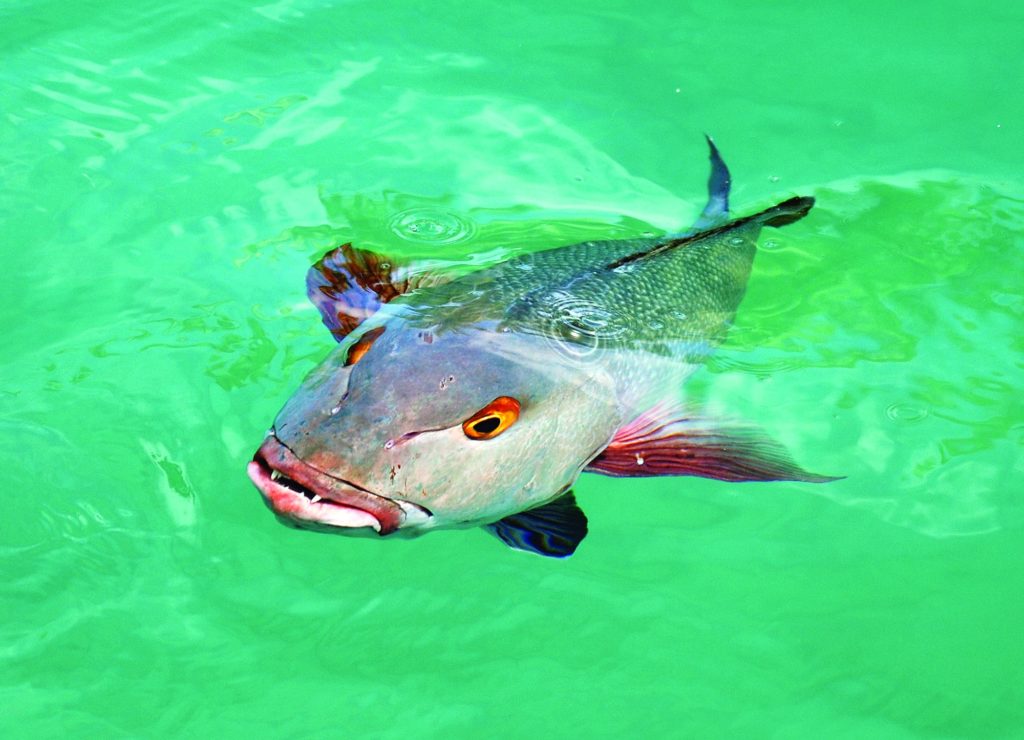
FROM THE FISH FACTS ARCHIVES
